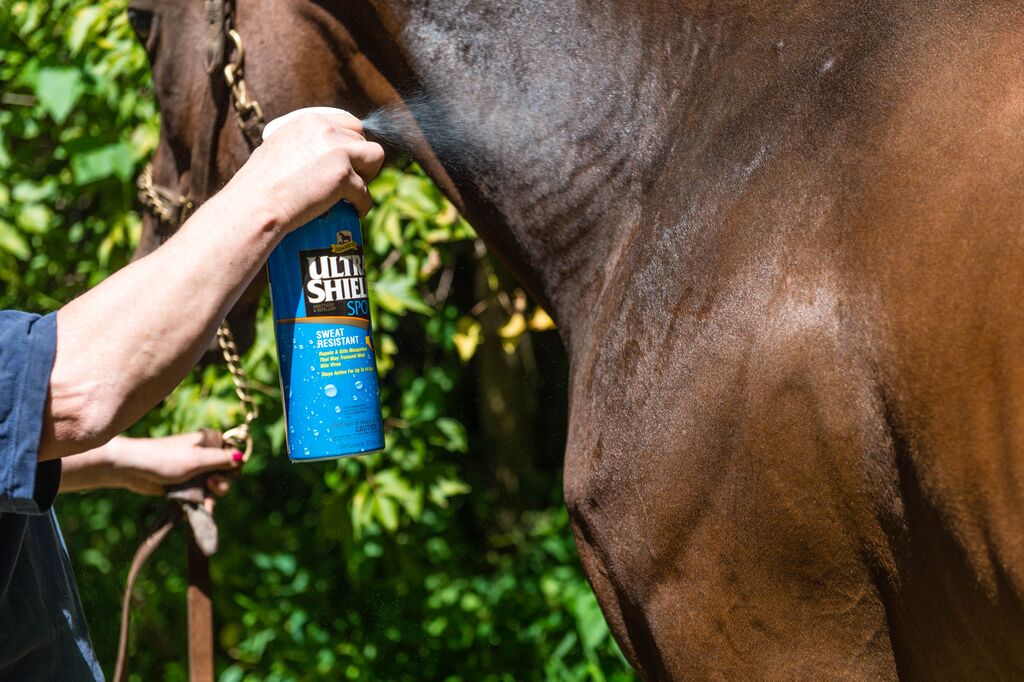
Insects are pesky for horses and humans alike. Beyond being an annoyance, they can spread diseases. Have you ever wondered what form of control works for other barn owners?
Here’s your chance to find out.
In 2015, the U.S. Department of Agriculture’s National Animal Health Monitoring System’s (NAHMS) Equine 2015 study collected data regarding health and management practices from a representative sample of equine operations in 28 states. As part of the survey, participants answered questions about insect control. The results from that survey were recently released and we’re sharing parts with Stable Management readers.
For insects, unsurprisingly, repellents (wipes and sprays) remain the most widely used method of control around horses, with 76 percent of respondents using some type of insect product. Cleaning and refilling water tubs with fresh water (at least once a week) and regularly removing weeds and manure from the pasture are key components of an insect control program with slightly more than half of responding barn owners doing so.
In the decade since the previous study was conducted, the use of feed-through insect control has increased from 5.6 percent in 2005 to 7 percent in 2015. During the same time period, the reported use of fly sheets doubled from 7.3 to 14.6 percent.
While all survey respondents reported using at least one method of insect control, many used a combination of strategies. Other reported techniques included:
- Insecticides applied in or near stable area
- Insecticides applied in pastures
- Regional control program, such as aerial spraying
- Sticky tape
- Bug zapper
- Parasitic wasps
- Face mask
- Fly tags attached to halters
- Mosquito treatment in drinking water
- Screened-in stalls
The Equine 2015 study was a cooperative effort between two U.S. Department of Agriculture Agencies: the National Agricultural Statistics Service (NASS) and the Animal and Plant Health Inspection Service (APHIS). The full findings from the survey are available at no charge at https://www.aphis.usda.gov/aphis/ourfocus/animalhealth/monitoring-and-surveillance/nahms/nahms_equine_studies.


